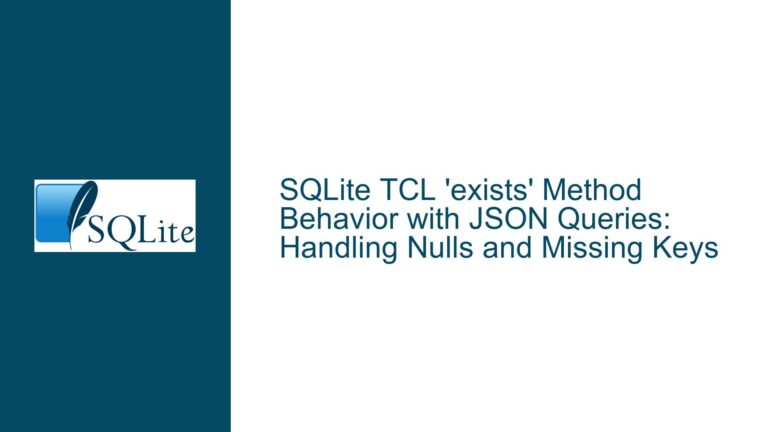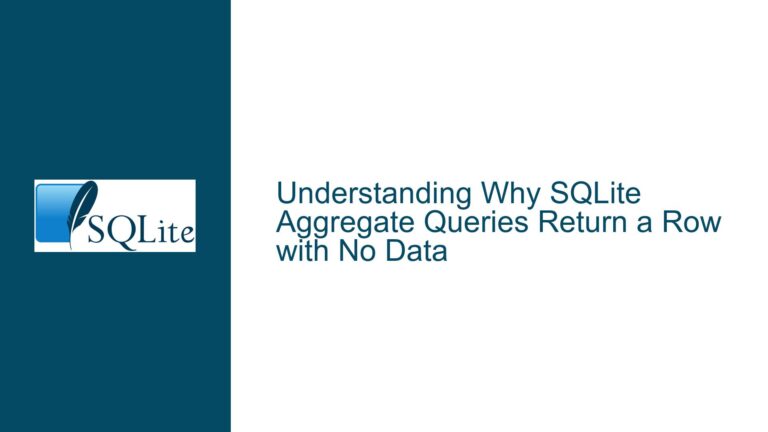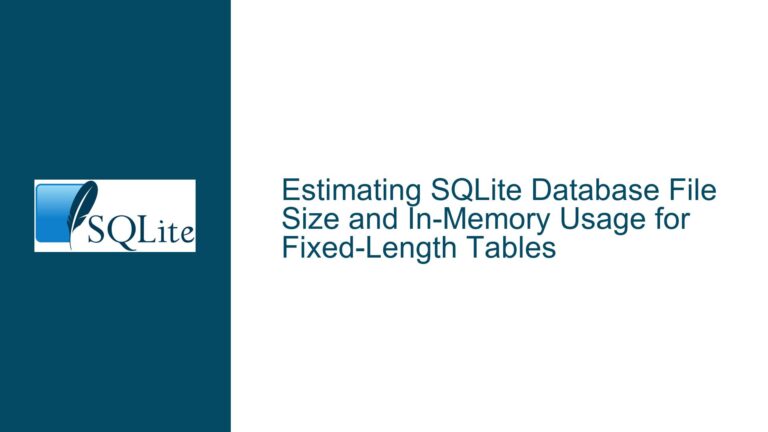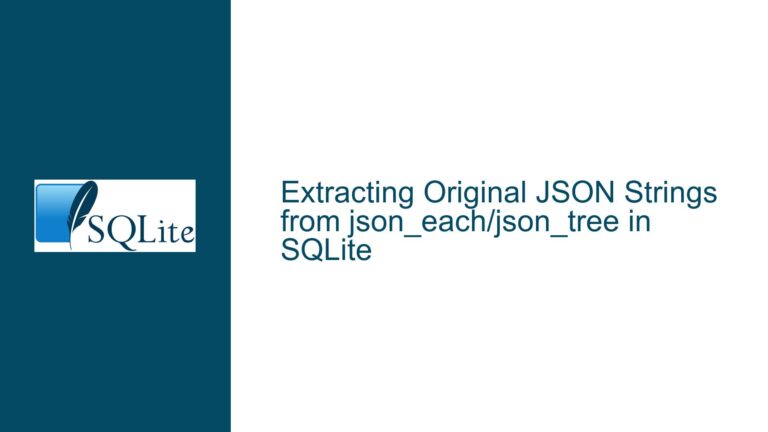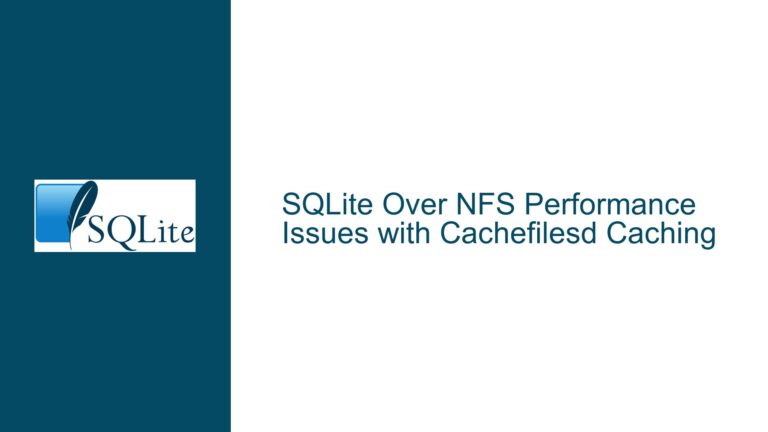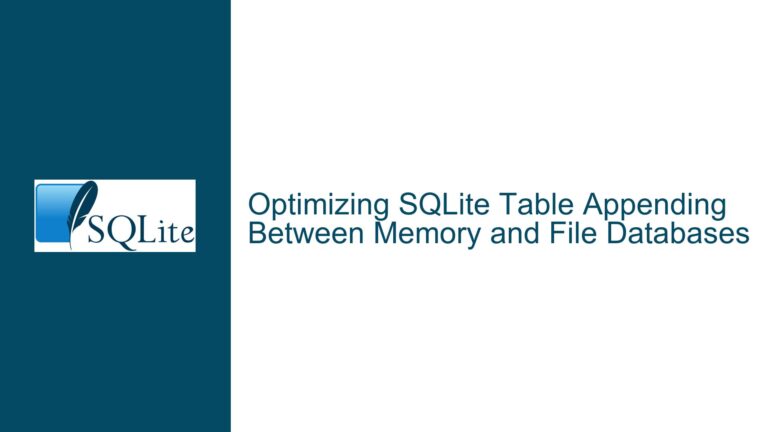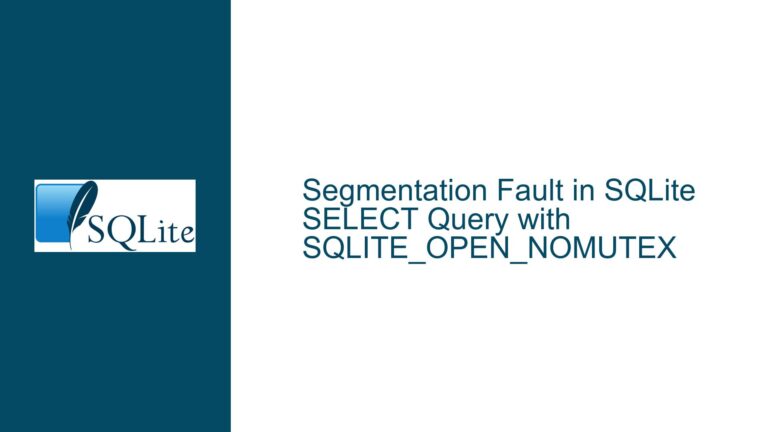Ensuring Safe Concurrent Database Reads with SQLite’s unix-none VFS and Manual Locking Control
Understanding SQLite’s Locking Mechanisms and the Role of unix-none VFS SQLite is designed to handle concurrent access through its locking subsystem, which relies on the underlying Virtual File System (VFS) to enforce file-level locks. By default, SQLite uses advisory locks to coordinate read and write operations across multiple threads or processes. These locks are implemented…

